Dong-Lim Knot Museum (동림매듭박물관)
762.0M 2021-12-21
10, Bukchon-ro 12-gil, Jongno-gu, Seoul
+82-2-3673-2778
Opened in April 2004, Dong-Lim Knot Museum exhibits a variety of decorative traditional Korean maedeup (knots): norigae for hanbok, belts, pouches, as well as materials like thread, cord, and accessories. Housed in a hanok, a traditional Korean house, the gallery has a variety of exhibits, including old and new artwork, and creations that reflect modern trends.
Gyeongbokgung Palace (경복궁)
770.3M 2025-06-19
161 Sajik-ro, Jongno-gu, Seoul
+82-2-3700-3900
Gyeongbokgung Palace was built in 1395 as the official palace of the Joseon dynasty by Yi Seong-gye, the future King Taejo and founder of the new regime. Gyeongbokgung Palace is commonly referred to as the Northern Palace because of its location to the north, comparied to Changdeokgung Palace in the east and Gyeonghuigung Palace in the west. Gyeongbokgung Palace is arguably the most beautiful and is the largest of all five palaces. Many Joseon kings were crowned here. The premises were once destroyed by fire during the Imjin War (1592-1598). However, all of the palace buildings were later restored under the leadership of Heungseondaewongun during the reign of King Gojong. The assassination of Empress Myeongseong, however, resulted in Gyeongbokgung Palace losing its function as a royal palace, eventually witnessing the downfall of the Joseon dynasty. Gyeongbokgung Palace retains the original Gyeonghoeru Pavilion, a prime example of Joseon architecture, and the Hyangwonjeong Pavilion and pond. The sculptures in the Geunjeongjeon Hall exemplify Joseon-era sculpture techniques. The west side of the area outside Heungnyemun Gate is occupied by the National Palace Museum of Korea, while the eastern side of Hyangwonjeong Pavilion within the Gyeongbokgung Palace is occupied by the National Folk Museum of Korea.
Royal Culture Festival (궁중문화축전)
770.3M 2024-07-17
161 Sajik-ro, Jongno-gu, Seoul
+82-1522-2295
The Royal Culture festival is held at the five Royal Palaces and Jongmyo Shrine. The festival first began in 2014 and provides visitors with first-hand knowledge of these important cultural heritages through unique performances, exhibitions, experiences and programs. The festival expanded in 2021 to be hosted twice a year, in spring and in fall.
Seoul Lantern Festival (서울빛초롱축제)
776.3M 2025-01-15
Seorin-dong, Jongno-gu, Seoul
+82-2-3788-8168
The Seoul Lantern Festival is held every year from the first Friday of November to the third weekend of the month for approximately 3 weeks. With various themed lanterns around Cheonggyecheon Stream, visitors can enjoy both traditional lanterns and modern LED lanterns. The festival provides much to see and do with the addition of Gwanghwamun Square Market.
Gwanghwamun Market (광화문 마켓)
776.3M 2024-09-30
175 Sejong-daero, Jongno-gu, Seoul
+82-2-3788-8168
Gwanghwamun Market takes place along with the Seoul Lantern Festival to support local small businesses and promote Seoul night tourism. The market features local store owners and businesses that exhibit and sell seasonal decor, handcrafted items, and winter snacks.
Haniljang (한일장)
777.8M 2021-03-19
94, Supyo-ro, Jongno-gu, Seoul
+82-2-2265-7707
A bulgogi specialty restaurant located in Jongno, Seoul. The most famous menu is Korean beef bulgogi set menu. Experience bulgogi, a Korean traditional dish.
Chamchi Maeul (참치마을)
779.6M 2021-03-22
31, Donhwamun-ro, Jongno-gu, Seoul
+82-2-742-1671
This is a restaurant where you can enjoy several parts of tuna. This Japanese (cuisine) restaurant is located in Jongno-gu, Seoul. The most famous menu is sliced raw tuna.
Cafe Orange (까페오렌지)
780.4M 2021-03-19
96, Supyo-ro, Jongno-gu, Seoul
+82-2-2279-1220
A restaurant located near Tapgol Park. The best menu at this restaurant is coffee. This is a cafe located in Jongno, Seoul.
Sigoljeonjip (시골전집)
788.9M 2021-03-19
123, Jong-ro, Jongno-gu, Seoul
+82-2-742-8525
This Korean cuisine is located near Jongno 3(sam)ga Station, Seoul. The representative menu is seafood and green onion pancake. Enjoy delicious food at affordable prices.
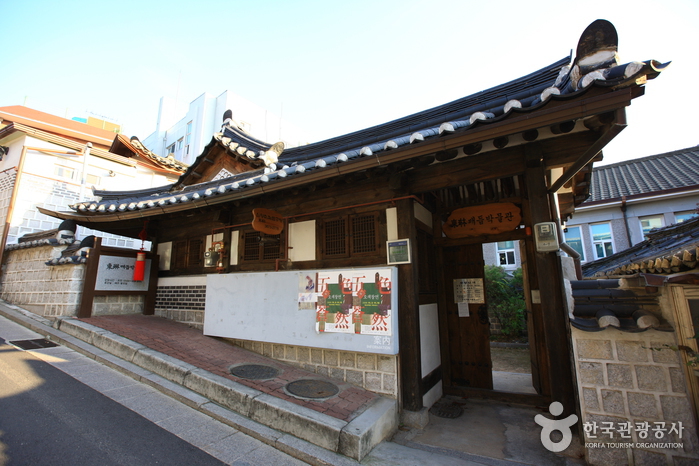
![Semi Jewelry [Tax Refund Shop] (새미쥬얼리)](http://tong.visitkorea.or.kr/cms/resource/84/2887784_image2_1.jpg)


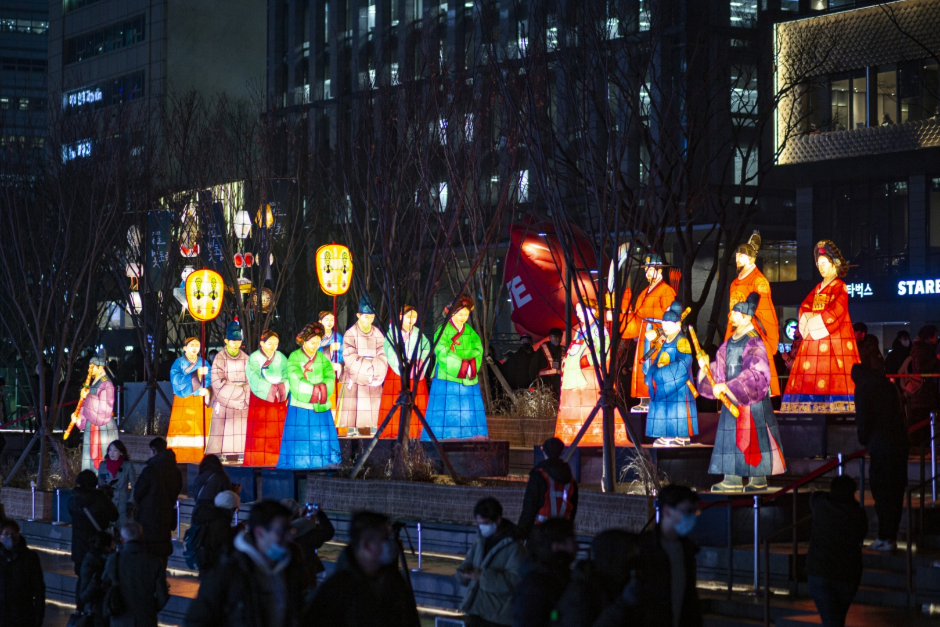
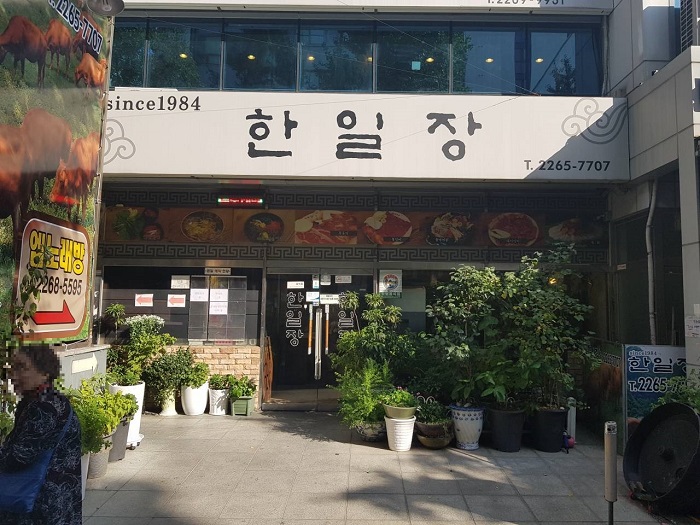
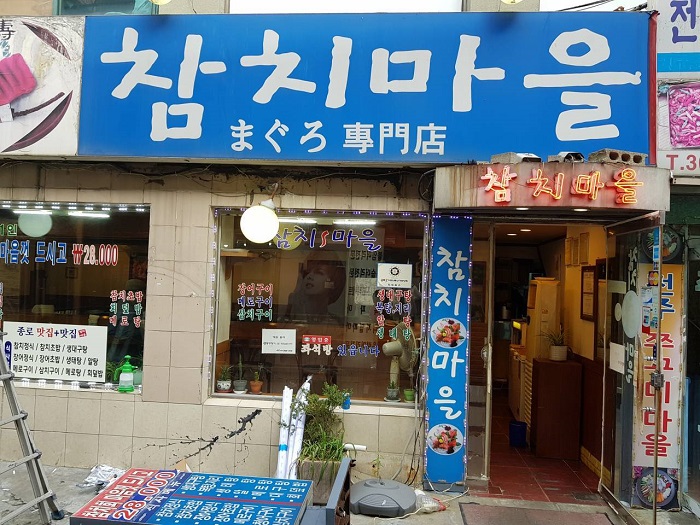
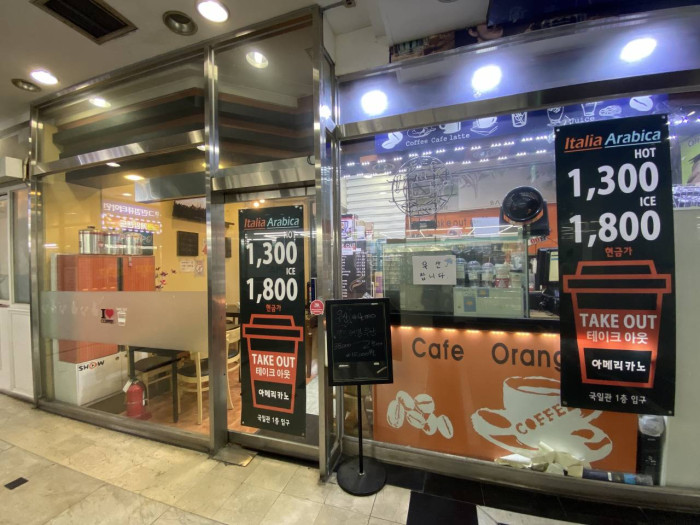
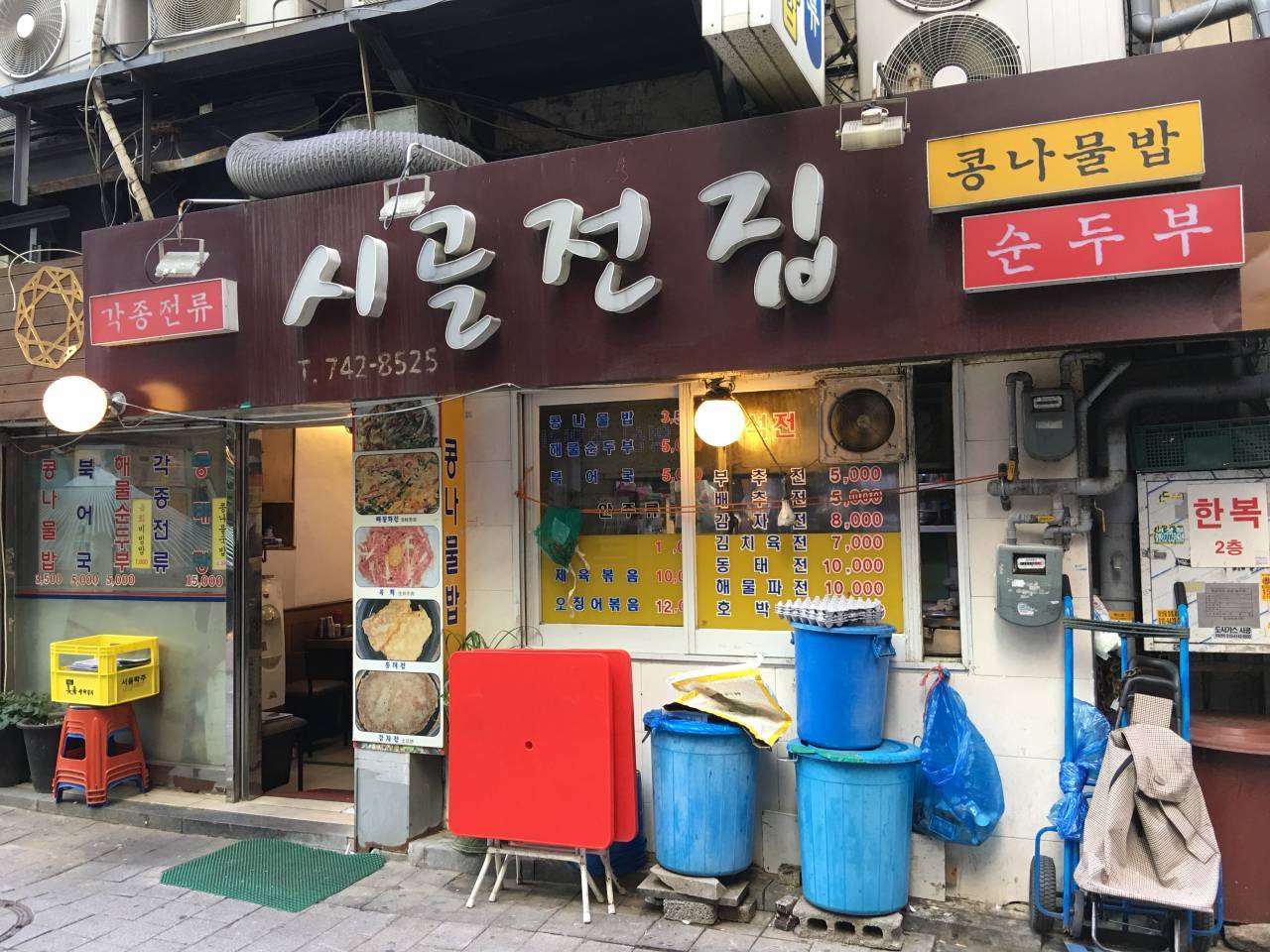
 English
English
 한국어
한국어 日本語
日本語 中文(简体)
中文(简体) Deutsch
Deutsch Français
Français Español
Español Русский
Русский